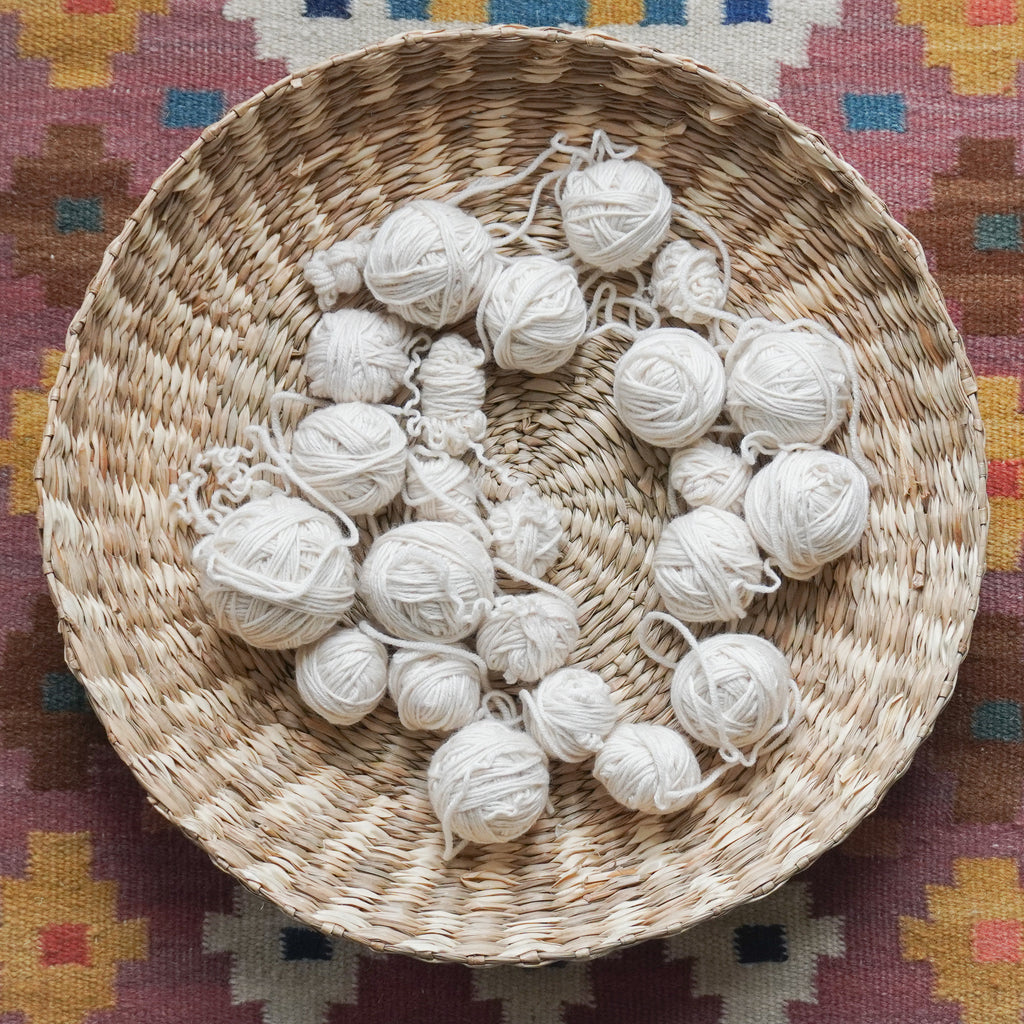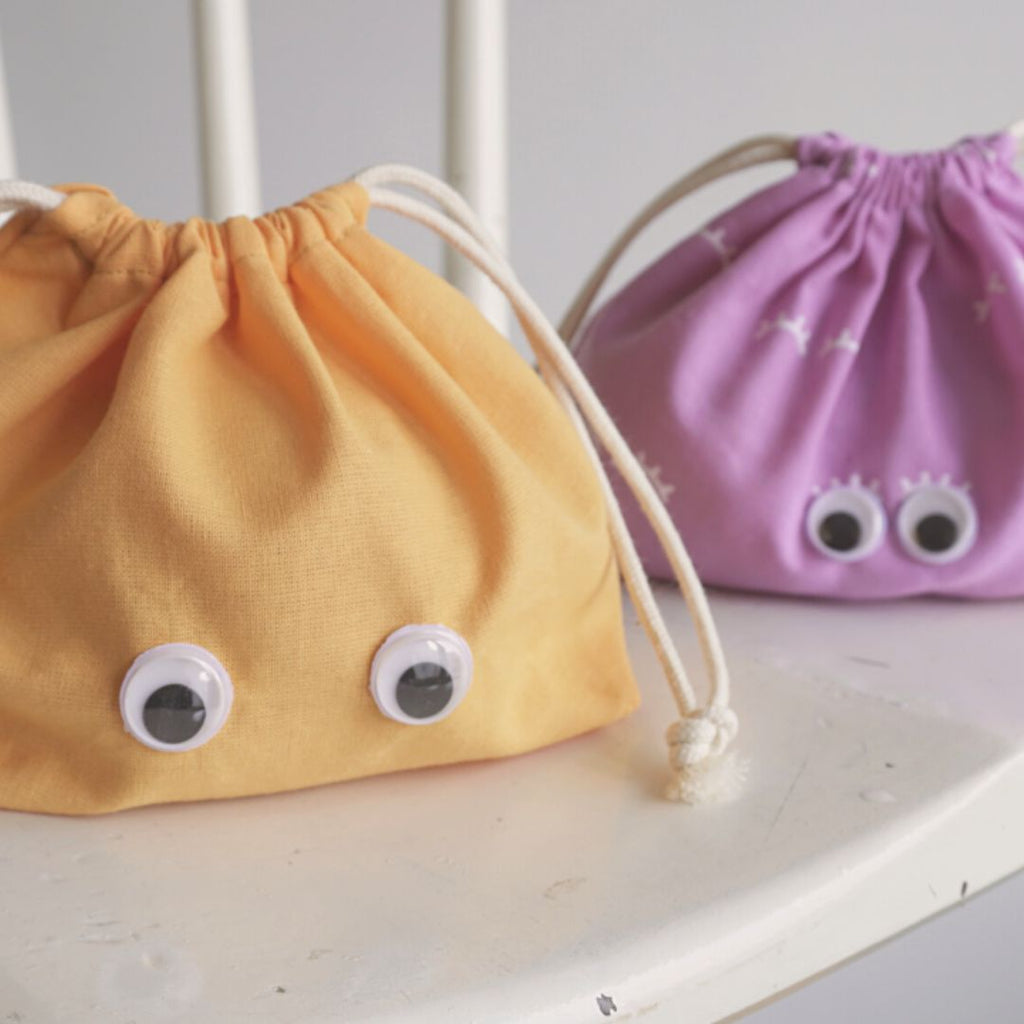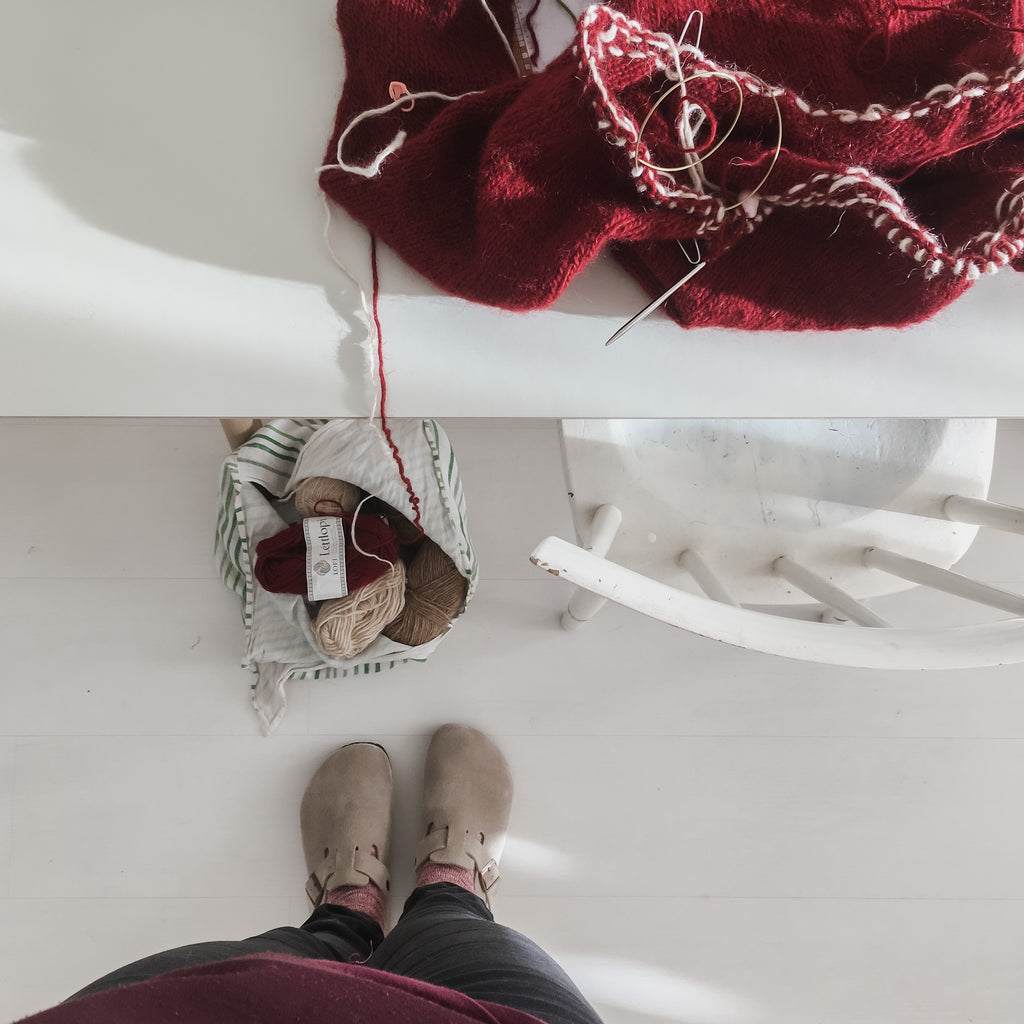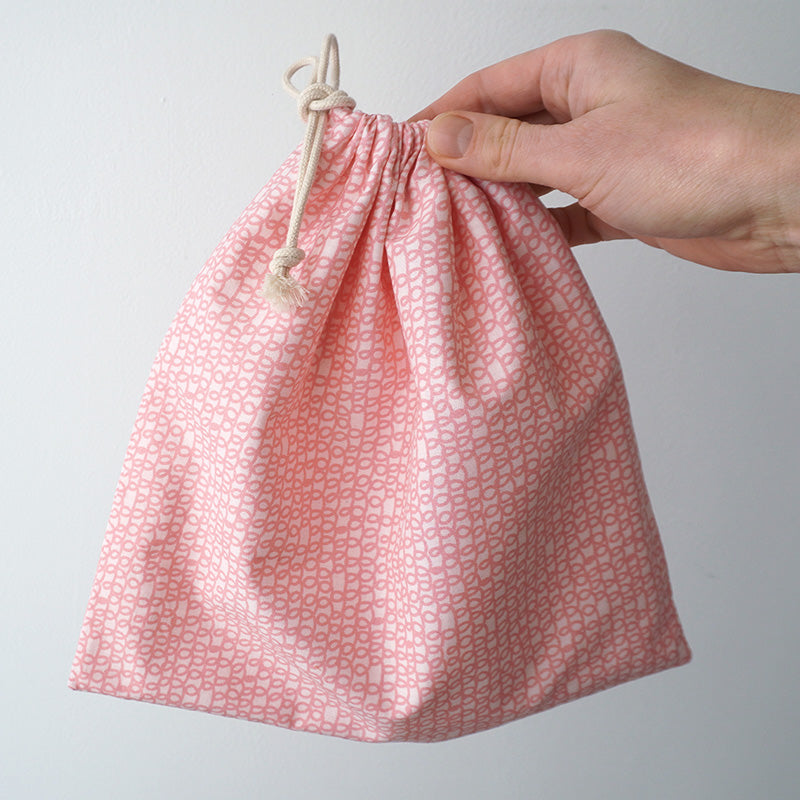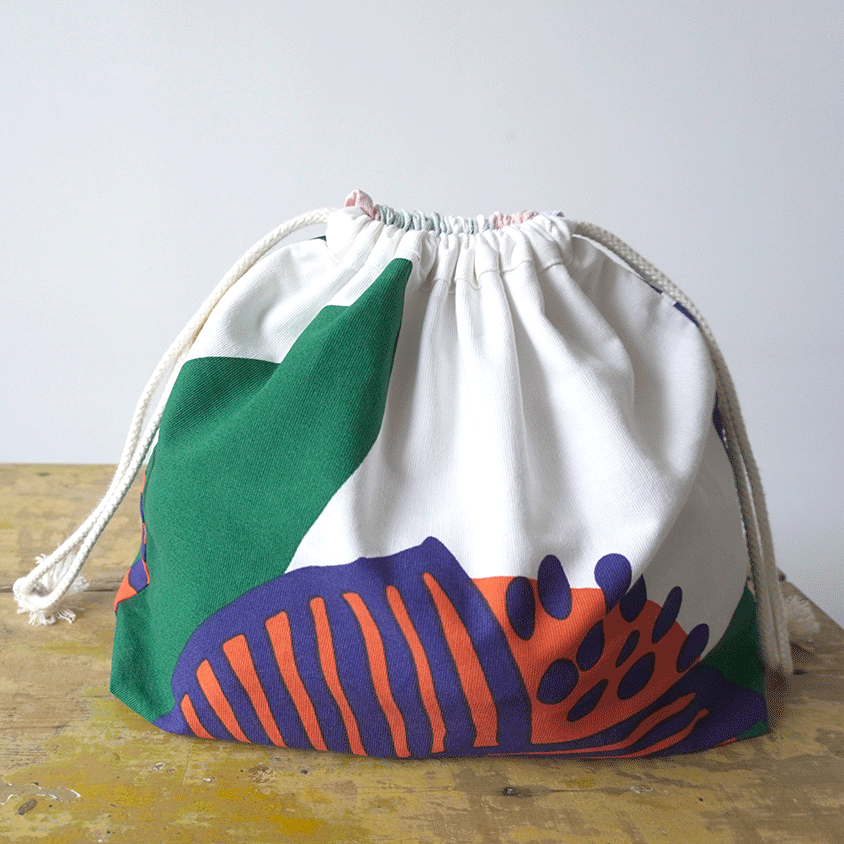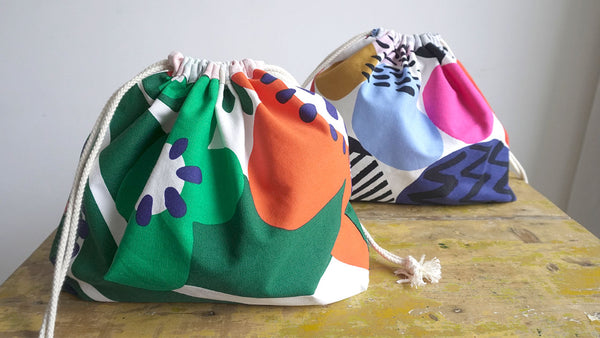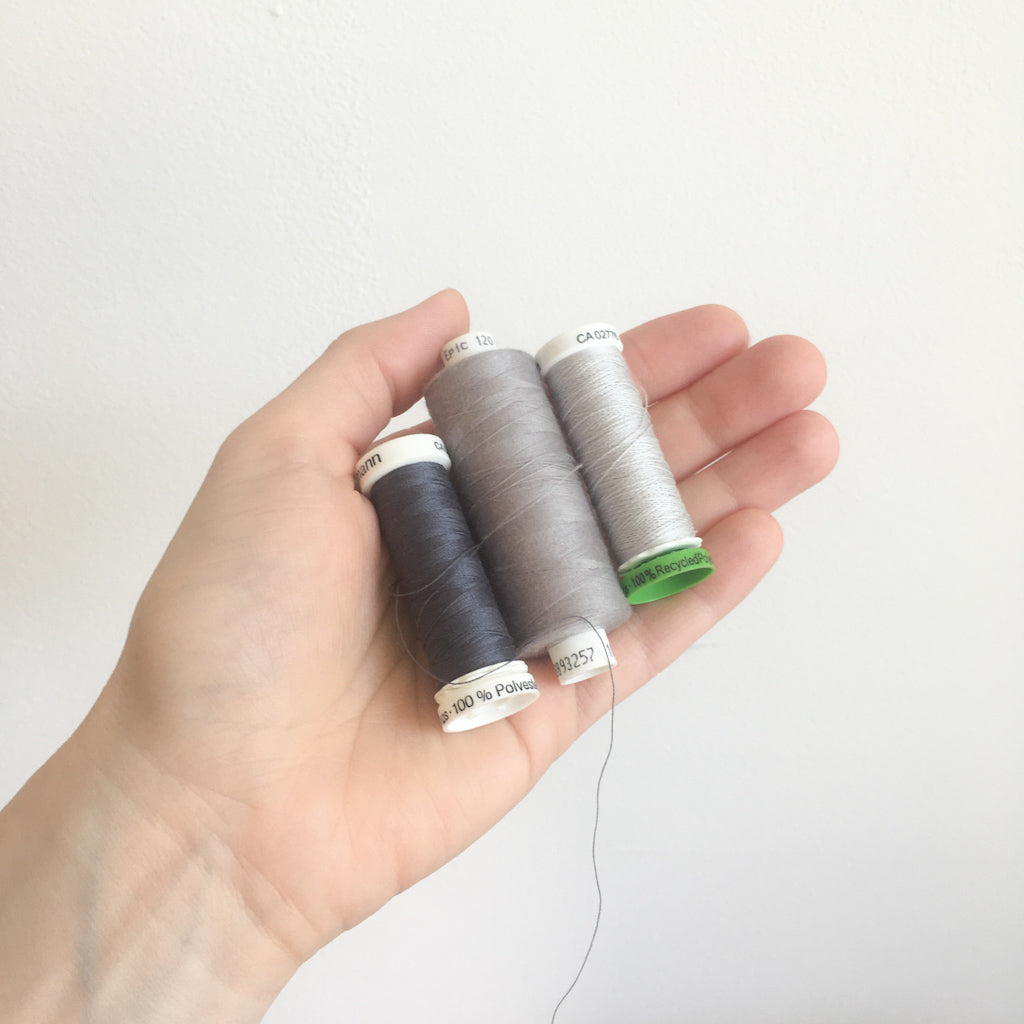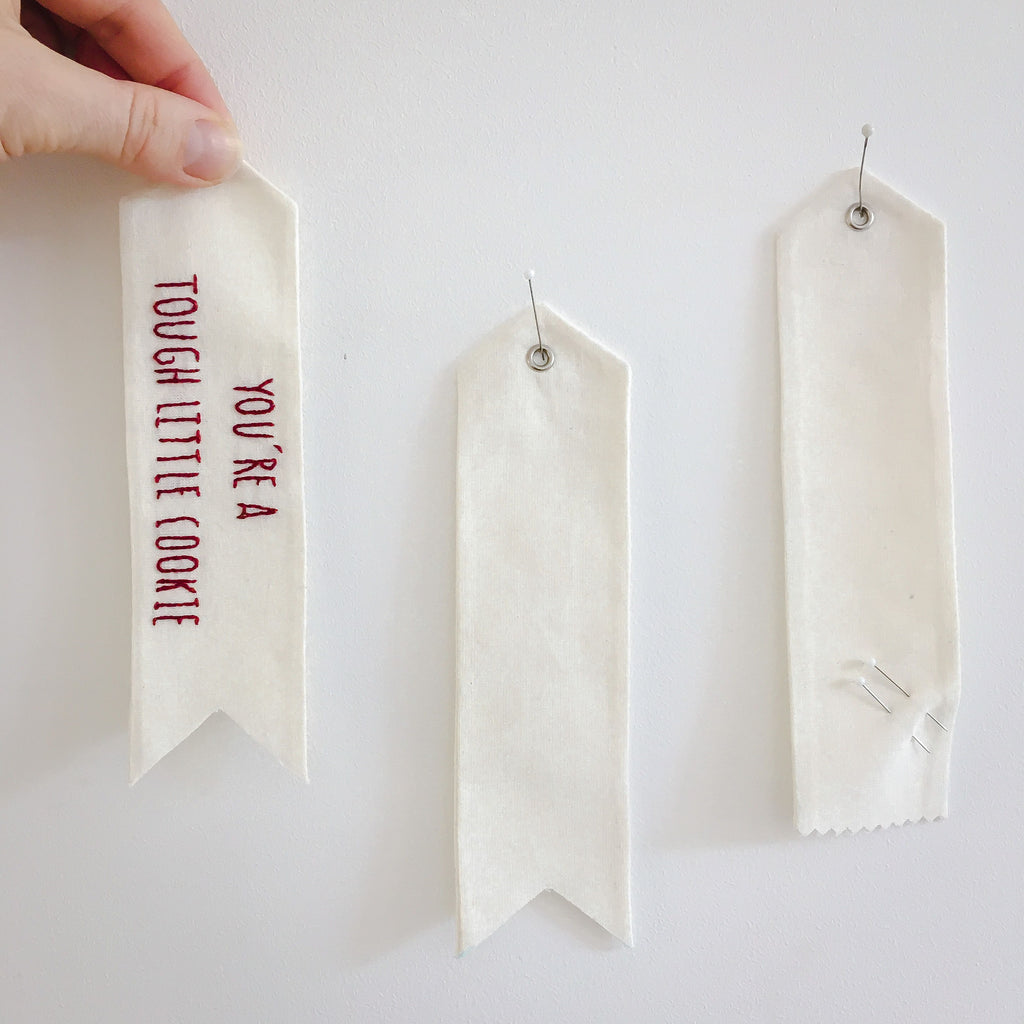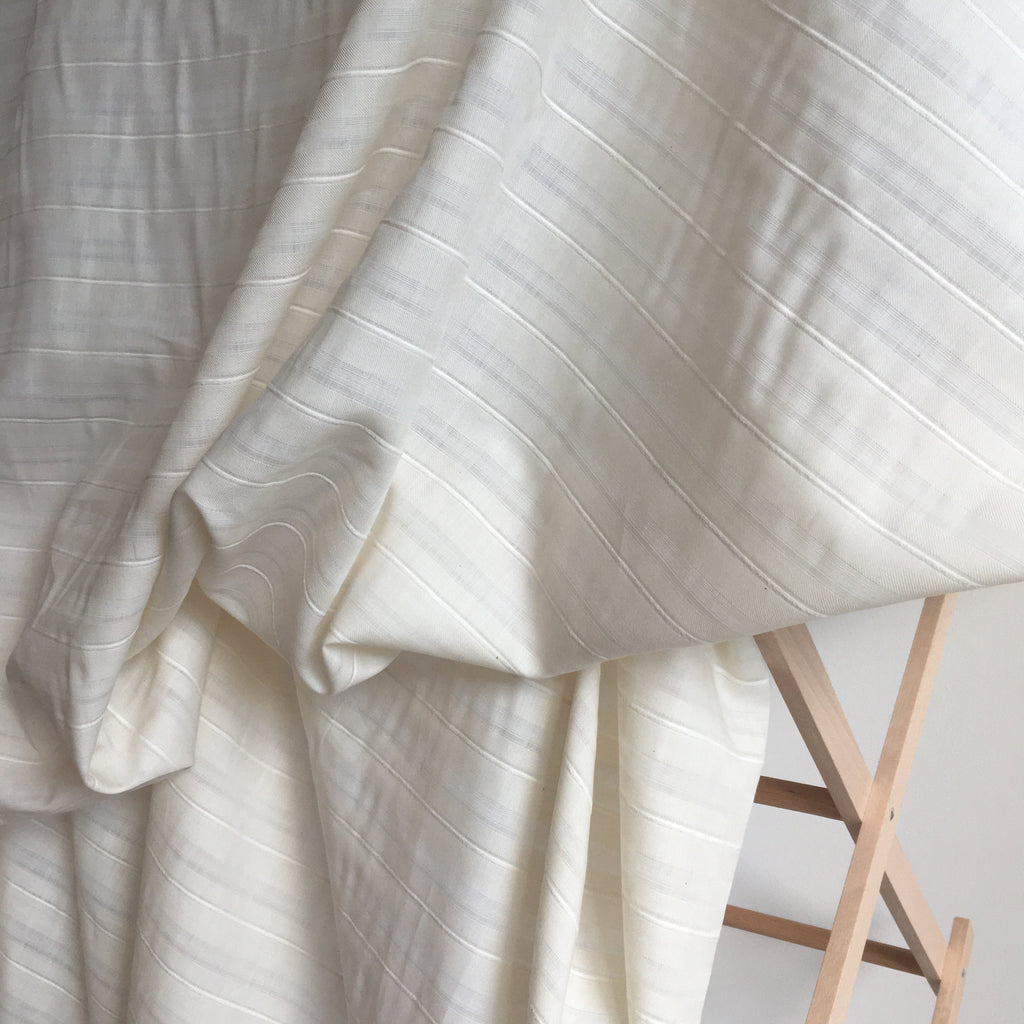Get More out of Your Scrap Yarn This Genius Russian Join Method
Have you ever wondered how to turn yarn scraps into full balls without wasting any material? Well, I love using the Russian join that allows you to join yarn without creating a knot. Not only does this technique create a strong and smooth join when you are working on a project, but it also allows you to use up all your yarn scraps and gauge swatches.

The Russian join is perfect for plied yarn that isn't very sticky. If the yarn is sticky a wet splice is probably a better and faster option.
The Russian Join
To do the Russian join, you thread the yarn through itself, creating a small loop through which you can thread the end of the yarn you want to join it to. I usually use a blunt needle for this, but sometimes it can be a bit fiddly to thread through the yarn. I like to scrunch up the yarn on the needle and then pull the end through the yarn. To ensure a strong join, I thread it through the yarn at least five centimeters. If you have a loop that's too big, you can pull on the tail before smoothing out the yarn completely.
For yarn that isn't very sticky, I like to thread it through at least five centimeters so that I can taper the ends by thinning out the plies. The extra length gives me some wiggle room and reassurance that it will be a strong join. If you think it looks too bulky, you can thin out some of the plies before smoothing out the crunched up yarn.
Revive Frogged Yarn
One of the swatches I had was made up of a lot of smaller pieces, and I joined them as I frogged. As you can see in the video, there were a lot of kinks in the yarn, but I was able to do the Russian join without much extra fuss.
After joining each piece, I wound them into a ball by hand, but I wasn't quite ready because of all the kinks in the yarn. So, I decided to use a swift to unwind everything and tie it together so that I could use a steam iron to relax the yarn. It looks so rewarding!
I did have to move up the ties because the seam didn't quite penetrate the wool underneath it. If you don't have a steam iron, I'm wondering if you could do the same over a pot of boiling and steamy water. Washing is another option, but I don't want to wait for it to dry.
I'm using a fancy Knit Pro swift and ball winder, but you can just as easily wind it by hand and use the back of a chair to unwind the yarn. It does take more time, but with a nice movie or podcast in the background, it can be an enjoyable process.

My cake is now ready for a scrappy blanket that I'm planning to knit in the future. I'm so happy with the result!
Continue reading
